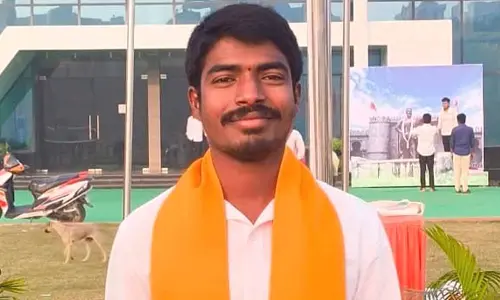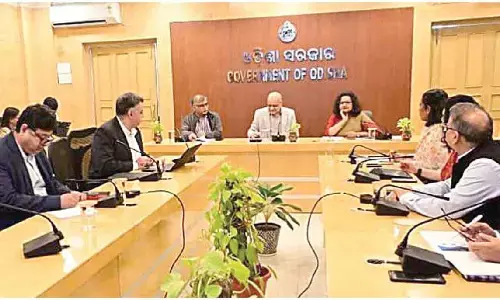Agra observes Water Tragedy Day

No lessons learnt 26 years on
More than a quarter century after a grim water tragedy that took more than a score of lives and hospitalised around 150 people, the supply of drinking water in the city of the Taj Mahal has neither improved qualitatively nor in terms of quantity, triggering protests in different parts of the city on a daily basis.
Recalling the tragedy Congress leader Tajendra Rajaura, said: "Twenty-six years ago this day, it was the darkest hour when polluted water supply killed 21 in the Khateek Pada locality."
Several voluntary groups on Tuesday observed Water Tragedy Day.
Residents of Khateek Paada and Mandi Sayeed Khan in the heart of the city lamented the lack of drinking water and the continuing apathy towards their woes.
The then Congress government in UP had made several promises to the victims' families these have not yet been fulfilled, residents of the areas said.
They said the then UP Governor, Moti Lal Vora, had visited these mohallas and promised financial help and a job to each family that lost a breadwinner.
The foundation stone of a barrage on the Yamuna was hastily laid but the project is still hanging fire.
The water woes of the city continue to pain locals, even though there are two water works and a 165-km-long pipeline to bring the water of the Ganga river.
"The chief problems are mismanagement and high level of corruption," said a corporator, not wanting to be named. The water works officials plead helplessness as there is no water in the river Yamuna, which is the lifeline of the city.
In the name of water, what is being filtered and processed is drain water, waste and industrial effluents from upstream cities in Haryana and Delhi.
"For all practical purposes the Yamuna is dead downstream of the Okhla barrage (in Delhi), " according to environmentalist Dr Devashish Bhattacharya.














